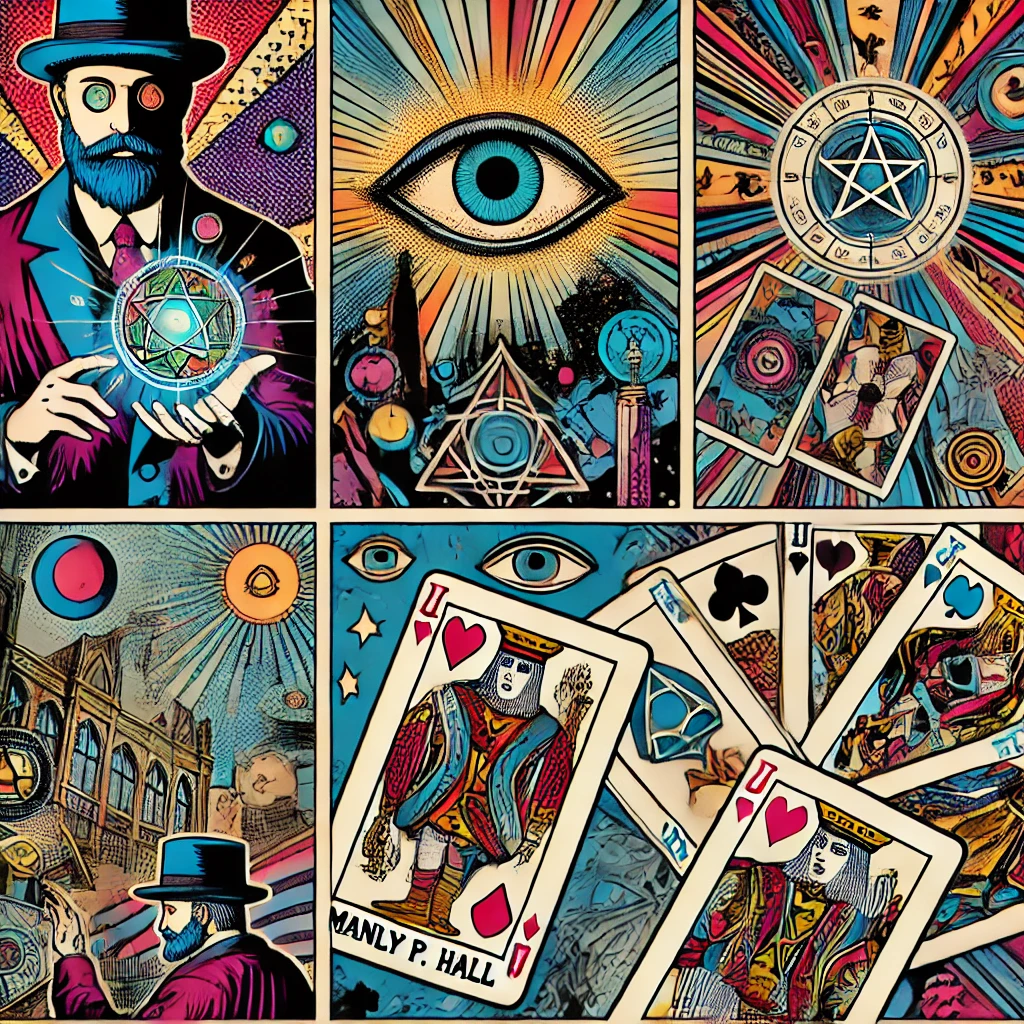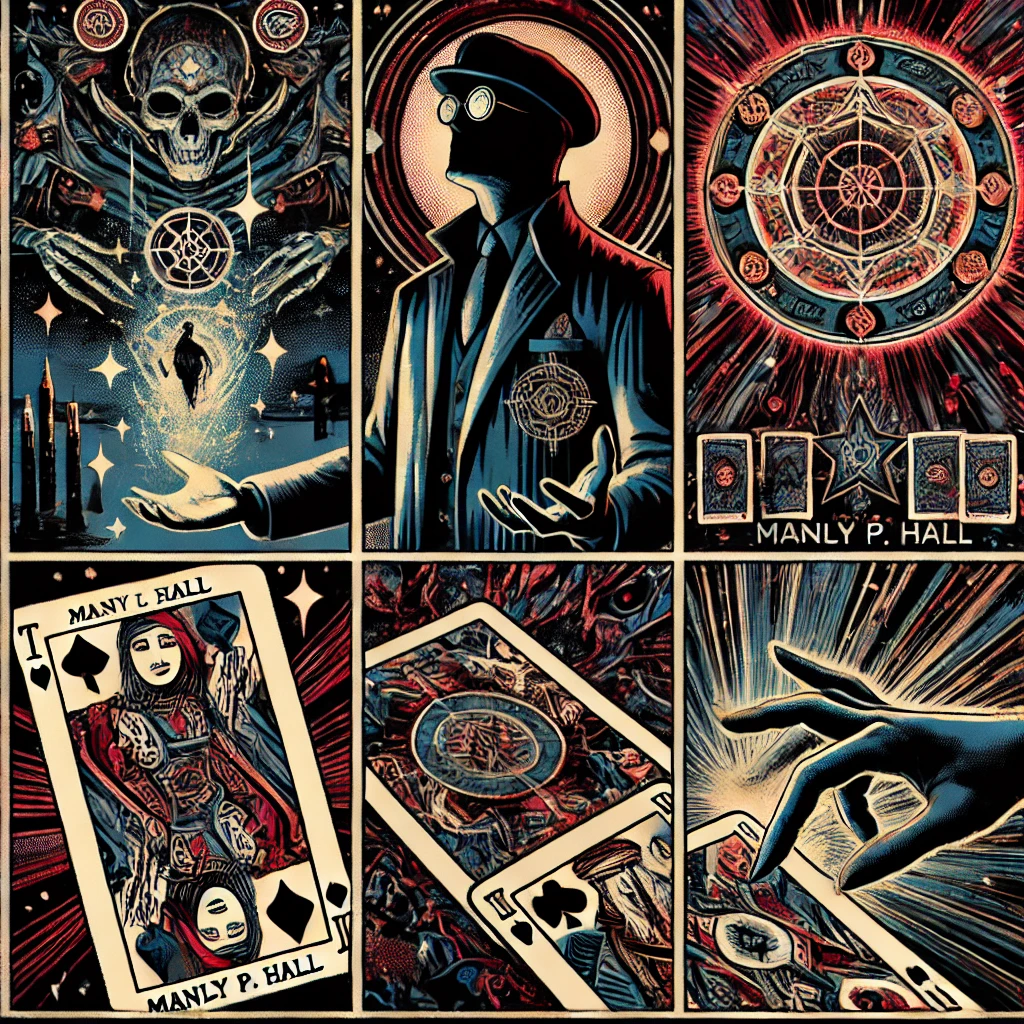Manly P Hall The Tarot and the Origins of Modern Playing Cards
Manly P. Hall, a Canadian-born author and mystic, is known for his extensive writings and lectures on a wide range of esoteric and philosophical topics. In his work, Hall delved into various aspects of Western esotericism, symbolism, and ancient wisdom traditions, including the Tarot.
One of Hall’s lectures, titled “The Tarot and the Origins of Modern Playing Cards,” explores the history and symbolism of the Tarot deck and its potential connection to the origins of modern playing cards. While the exact origins of both the Tarot and playing cards remain somewhat obscure, Hall presents the theory that the Tarot may have influenced the development of playing cards in Europe during the late Middle Ages.
According to Hall, the Tarot deck, with its intricate system of symbols and archetypal imagery, served not only as a tool for divination and spiritual insight but also as a repository of esoteric knowledge passed down through the ages. He suggests that the Tarot’s symbolism, which includes elements such as the Major Arcana, the four suits, and the Court cards, may have provided a framework for the creation of the standard deck of playing cards used in games and gambling.
Hall explores parallels between the structure and symbolism of the Tarot and playing cards, noting similarities in the number of cards, the division into suits, and the representation of archetypal figures such as kings, queens, and knights. He suggests that the Tarot’s influence on playing cards reflects the enduring cultural significance and widespread dissemination of esoteric knowledge throughout Europe during the Renaissance and beyond.
While Hall’s theories remain speculative and are not universally accepted by scholars, they reflect the enduring fascination with the Tarot and its potential origins. His lectures and writings continue to inspire individuals interested in the esoteric, mystical, and symbolic aspects of the Tarot and playing cards, contributing to ongoing discussions about their historical significance and cultural impact.
Manly Palmer Hall, a renowned philosopher, mystic, and author, explored various esoteric topics throughout his career, including the origins and symbolism of the Tarot and playing cards. In his lectures and writings, Hall delved into the rich history and symbolism of the Tarot, tracing its origins to ancient Egypt and exploring its connections to other mystical traditions.
One of Hall’s key insights regarding the Tarot and playing cards is the idea that the Tarot may have influenced the development of modern playing cards. He suggested that the Tarot, with its complex system of symbols and archetypes, served as a precursor to the simpler playing cards used in games and divination practices today.
Hall proposed that the Tarot’s symbolism, which includes elements such as the Major Arcana (22 trump cards representing universal archetypes) and the Minor Arcana (56 suit cards representing everyday experiences), may have been adapted and simplified over time to create the familiar suits and numbers found in standard playing cards.
According to Hall, the Tarot’s influence on playing cards reflects a deeper connection between the spiritual and mundane aspects of human experience. He believed that both the Tarot and playing cards contain symbolic representations of universal principles and psychological states, serving as tools for personal insight, self-discovery, and spiritual growth.
While Hall’s ideas on the origins of playing cards draw on historical research and comparative symbolism, they also reflect his broader interest in the esoteric traditions of the Western mystery schools and their relevance to contemporary spirituality and psychology.
Overall, Manly P. Hall’s exploration of the Tarot and its connections to playing cards offers valuable insights into the rich symbolism and cultural significance of these ancient divinatory tools. His work continues to inspire scholars, practitioners, and seekers of wisdom to explore the deeper meanings and hidden mysteries encoded within these timeless symbols.

